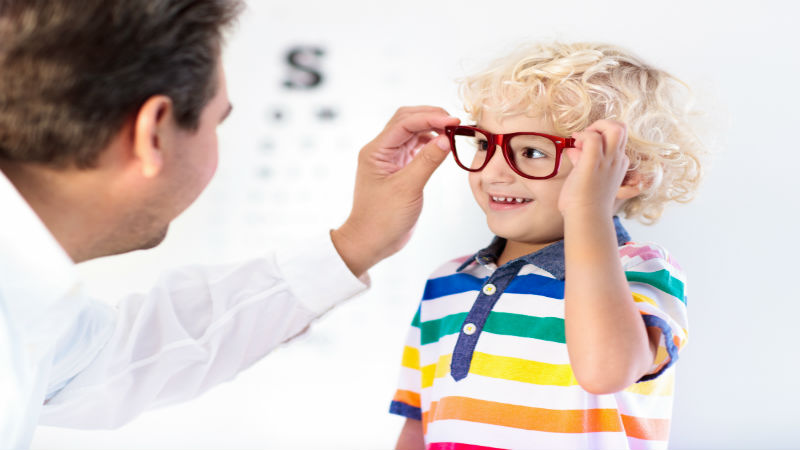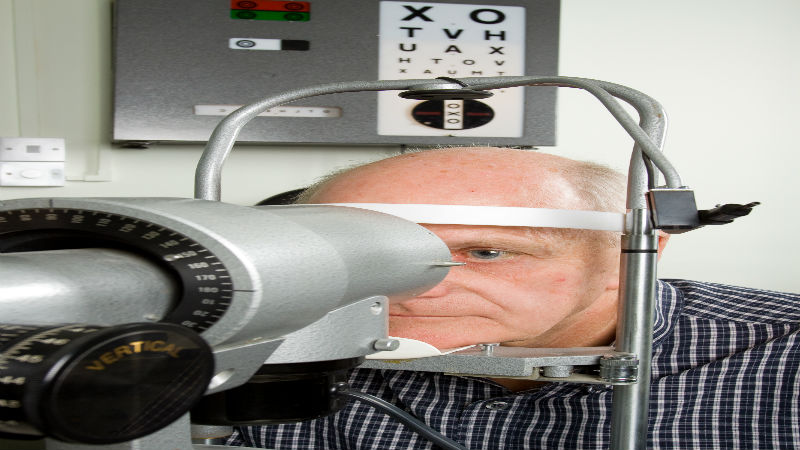Eye exams and glasses are the most basic forms of eye care. Eye exams can help you discover existing eye issues, and allow you to correct your vision with a prescription for glasses or contact lenses. Your eye doctor can also detect more severe health issues with eyes at your annual eye exam.
Succeeding in School
If you have kids, then an annual eye exam can benefit their grades in school because they may be unable to read the board. Not being able to see the smartboard or chalkboard at school can put your child behind in school and adversely impact their self-confidence because they cannot understand what is going on in class.

An annual eye exam reveals if your child needs glasses or contacts to enhance their vision. It could also detect any potential health issues like lazy eye, pediatric cataracts, pediatric glaucoma, and allow the doctor to treat them.
Myopia
Myopia, better known as nearsightedness, is becoming a common problem among children. The main issue with Myopia is that it makes children more likely to become blind when they are older.
Just like the other issues, the most reliable way to detect Myopia is by visiting an eye doctor for an eye exam. Children’s vision tends to change drastically because of their inability to focus during eye exams, so it is best to continue to visit a doctor every year to make sure there are no issues or to take care of issues if they arise.
Glaucoma
Glaucoma is hard to detect as there are no obvious symptoms to go along with the condition. The best way to identify if you have glaucoma is to go for an annual eye exam.
If left untreated, glaucoma can cause blindness. Visiting a doctor for a routine eye exam can detect the issue and allow the doctor to treat it if caught early enough. This treatment is simply eye drops that prevent the spread of glaucoma and keep your eyes healthy.
If it is caught late, surgery is required if you do not want to go blind. Visiting a doctor for a simple eye exam every year can help to detect the disease early and prevent the unnecessary costs of surgery as well as help your vision.
Other Health Problems
People often first learn they have serious health problems such as cancer, diabetes, and high blood pressure from their eye doctor at their eye exam. During an exam, the doctor will review the condition of your blood vessels in the retina of your eye.
These blood vessels give a good indication of how the rest of them are doing in your body. Some identifiable problems include; diabetes, hypertension, and hypercholesterolemia. Of these, the most concerning is diabetes.
If you have a family history of diabetes, then you are at risk for diabetic eye disease. Just like glaucoma, if left untreated, this disease may cause blindness in adults. Diabetic eye disease is also like glaucoma in that it shows no visible symptoms.
The only way to be sure if you have diabetic eye disease or most issues with the eyes is to schedule an eye exam. If there is a problem, the doctor can help with immediate treatment to save your vision.
known as nearsightedness, is becoming a Get an Eye Exam

Adults with no risk factors for eye disease should also get a baseline eye disease screening at age 40, which is when changes in vision and signs of disease can begin to occur. Your eye doctor will let you know when to schedule follow-up exams based on the findings of your initial screening.
There is no substitute for visiting an ophthalmologist for an eye exam. It maintains your health and prevents the further spread of disease.
If a once a year check up can prevent you from going blind, then it is worth an hour every 365 days.